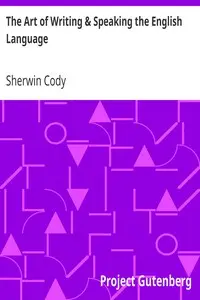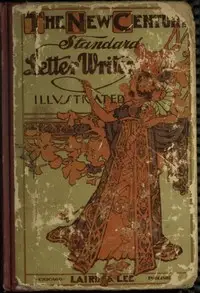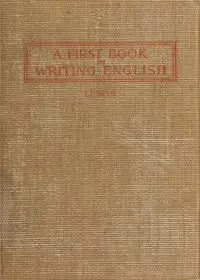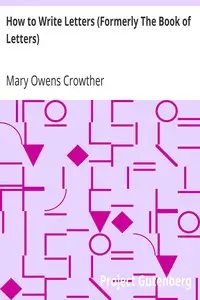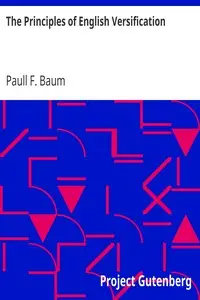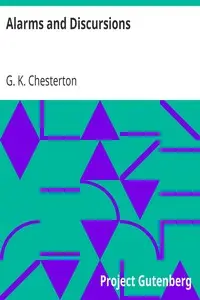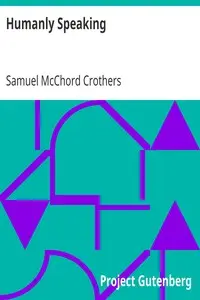"The English Secretary; or, Methode of Writing Epistles and Letters" by Angel Day is a guide from the 1500s that teaches people how to write better letters. It explains the rules for writing different kinds of letters, concentrating on how to make your writing strong and stylish, and how to use language tricks to make it interesting. It's like a complete handbook for anyone who wants to write better, whether they are students or just people who want to learn how people wrote in the old days. The beginning states the book's goal and who it's for, with the author being respectful and wanting to do well. Angel Day says thank you to the person supporting him and says he wants to make his book even better than before. He talks about what makes a good letter, like having a good structure, being clear, and using the right language for the situation, and also the different types of letters there are. Readers can find useful advice for sharing their ideas and emotions through writing.
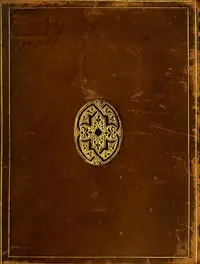
The English Secretary; or, Methode of Writing Epistles and Letters (1599) With, a Declaration of Such Tropes, Figures, and Schemes, as Either Usually or for Ornament Sake Are Therein Required
By Angel Day
Unlock the secrets of eloquent correspondence and journey back in time to discover the lost art of crafting the perfect letter.
Summary
About the AuthorAngel Day was an Elizabethan rhetorician and scholar chiefly known for his The English Secretary (1586), the first comprehensive epistolary manual to employ original English rather than classical models. The book belongs to the genre of instructional manuals, marketed for the growing business and middle classes of late 16th century England, and was extremely popular, going into as many as ten editions by 1635, and becoming the most influential correspondence manual of its time. Although his biography is poorly documented, entries on Day have appeared in the Dictionary of National Biography.
Angel Day was an Elizabethan rhetorician and scholar chiefly known for his The English Secretary (1586), the first comprehensive epistolary manual to employ original English rather than classical models. The book belongs to the genre of instructional manuals, marketed for the growing business and middle classes of late 16th century England, and was extremely popular, going into as many as ten editions by 1635, and becoming the most influential correspondence manual of its time. Although his biography is poorly documented, entries on Day have appeared in the Dictionary of National Biography.

